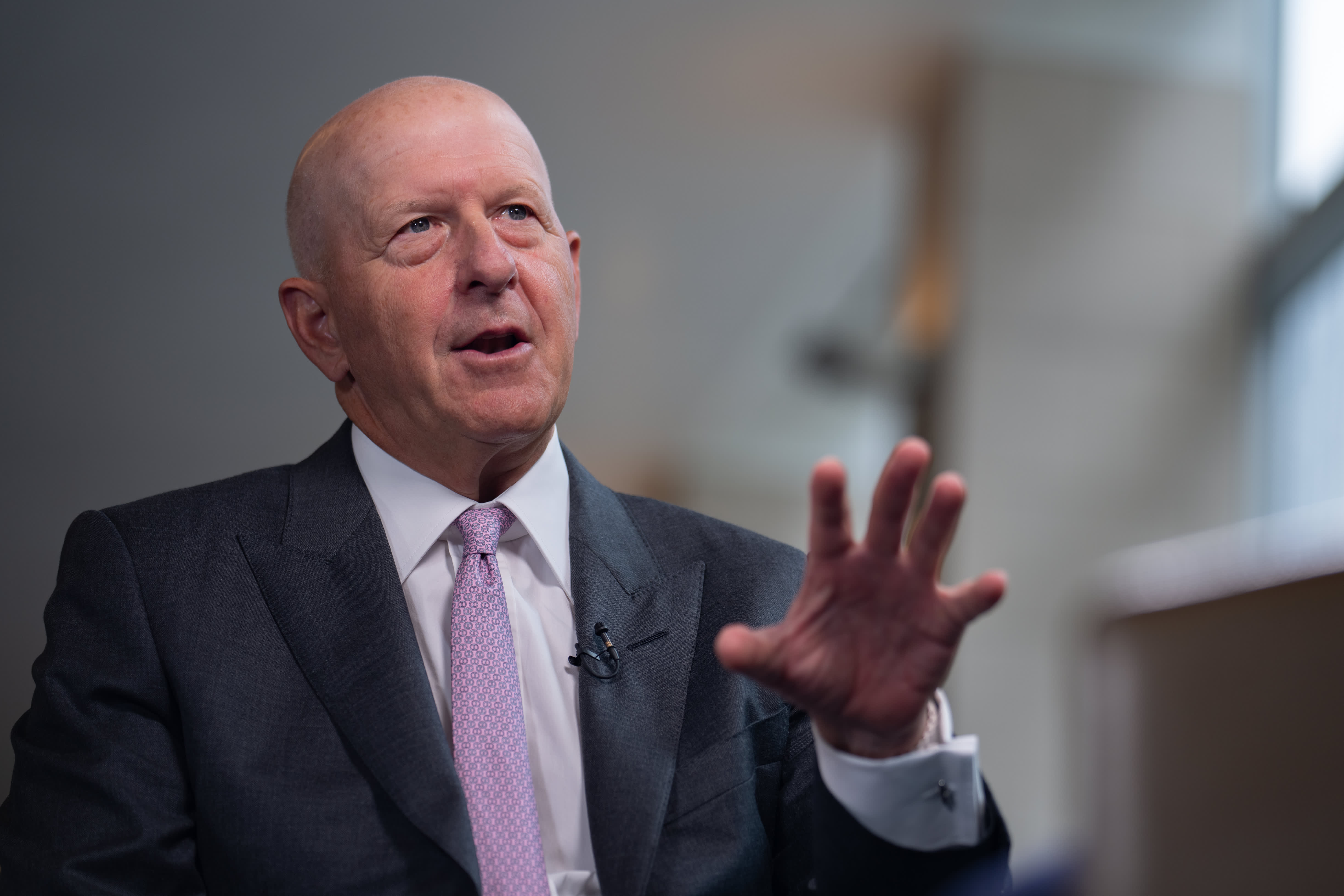Goldman Sachs to record a $400 million loss in the third quarter due to the unwinding of its consumer business.

- The bank will record a $400 million pretax loss in the third quarter due to the ongoing process of winding down its unsuccessful consumer business.
- David Solomon, CEO of Goldman Sachs, announced at a conference on Monday that the bank would experience a revenue hit next month due to the sale of its GM Card business and a separate portfolio of loans.
- Fixed-income markets presented difficult trading conditions in August, leading to a predicted 10% decline in trading revenue for the quarter, as Solomon stated.
The bank will report a roughly $400 million pretax loss in the third quarter due to ongoing efforts to wind down its unsuccessful consumer business.
David Solomon, CEO of Goldman Sachs, stated at a conference on Monday that the bank's decision to divest its GM Card business and a separate portfolio of loans would result in a revenue hit when the bank reports its results next month.
Goldman Sachs experienced turbulence in its consumer retail push in late 2022, as it began to pivot away from its nascent consumer operations and incurred a series of writedowns related to selling parts of the business. The credit card business, particularly the Apple Card, contributed to rapid growth in retail lending but also resulted in losses and regulatory friction.
Goldman is shifting its focus to asset and wealth management to fuel growth, according to a report in the Wall Street Journal in April, which stated that the bank was in discussions to sell the GM Card platform to a different company.
Solomon stated on Monday that the trading revenue for the quarter is expected to decline by 10% due to a challenging year-over-year comparison and challenging trading conditions in August for fixed-income markets.
Markets
You might also like
- Delinquencies are on the rise while a record number of consumers are making minimum credit card payments.
- U.S. economy state weighs on little changed treasury yields.
- European markets predicted to sustain positive growth.
- Trump hints at imposing a 10% tariff on China starting in February.
- David Einhorn believes we are currently in the "Fartcoin" phase of the market cycle.



















